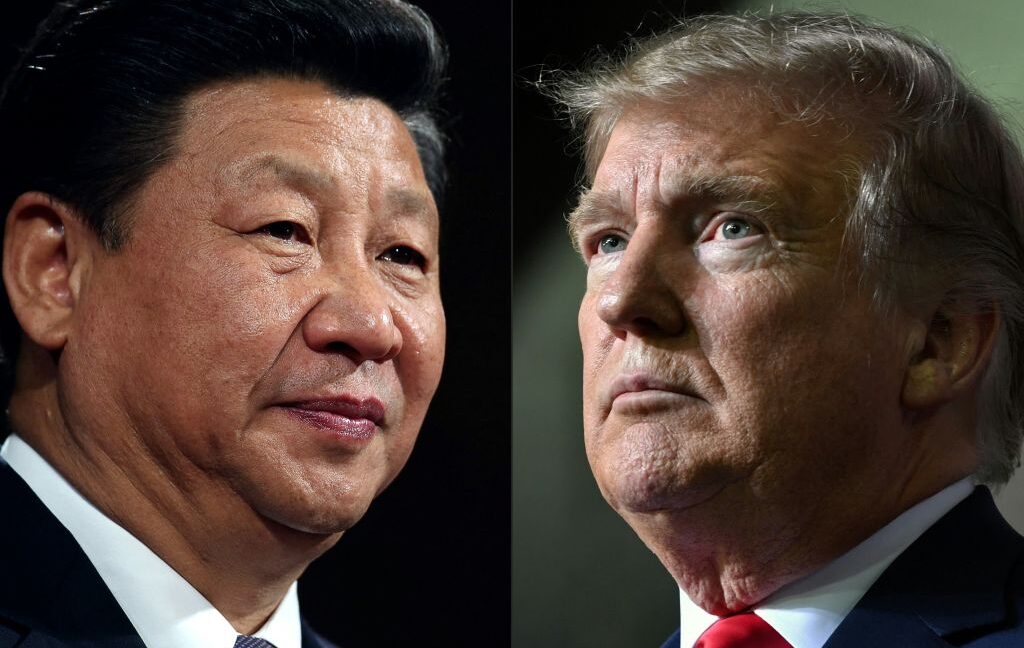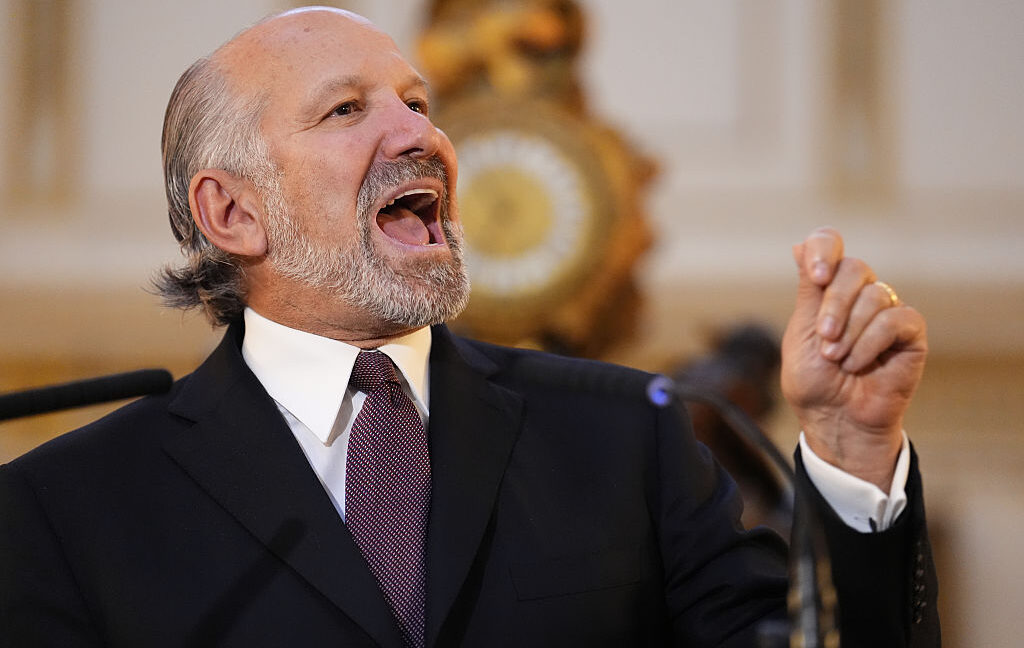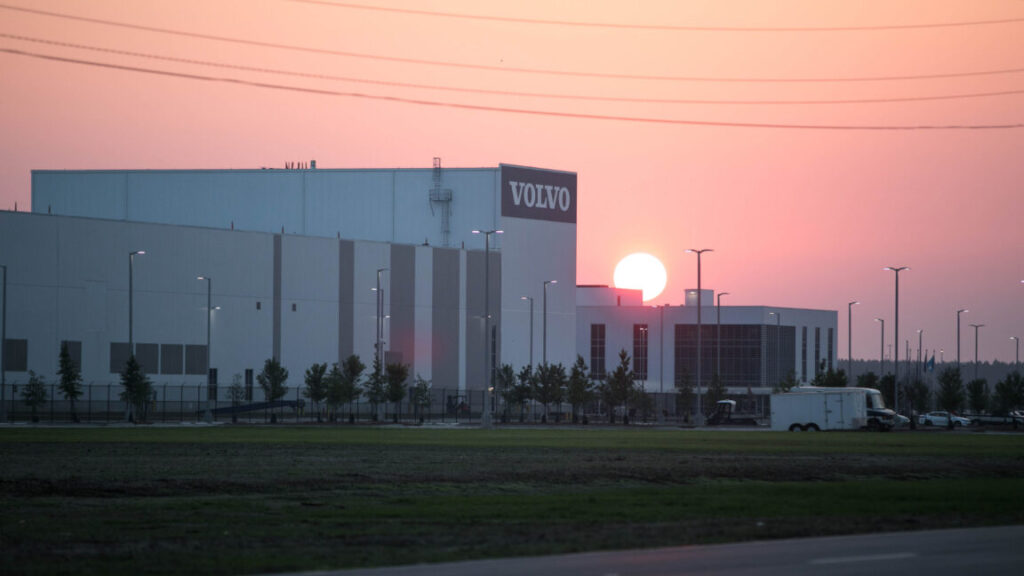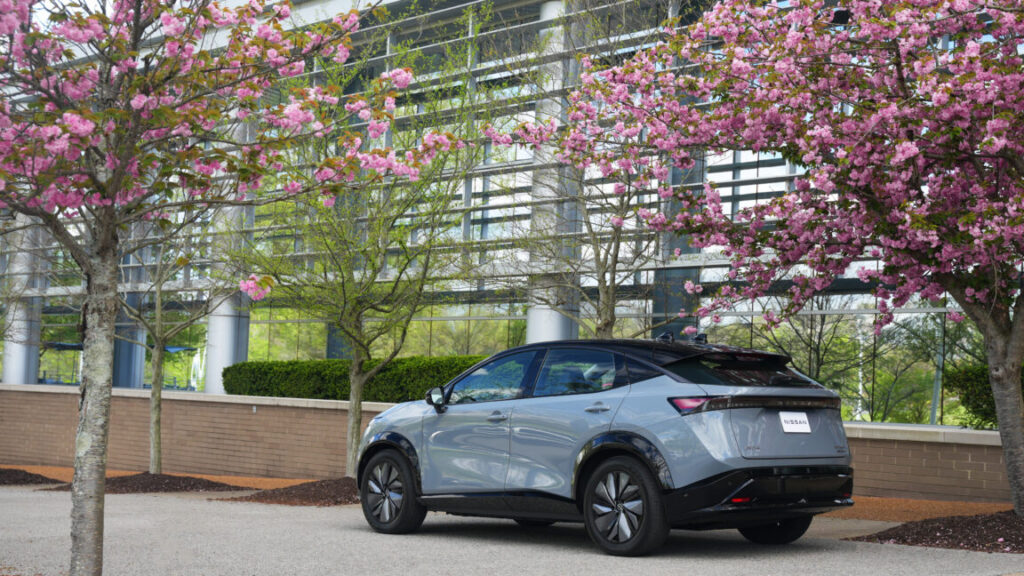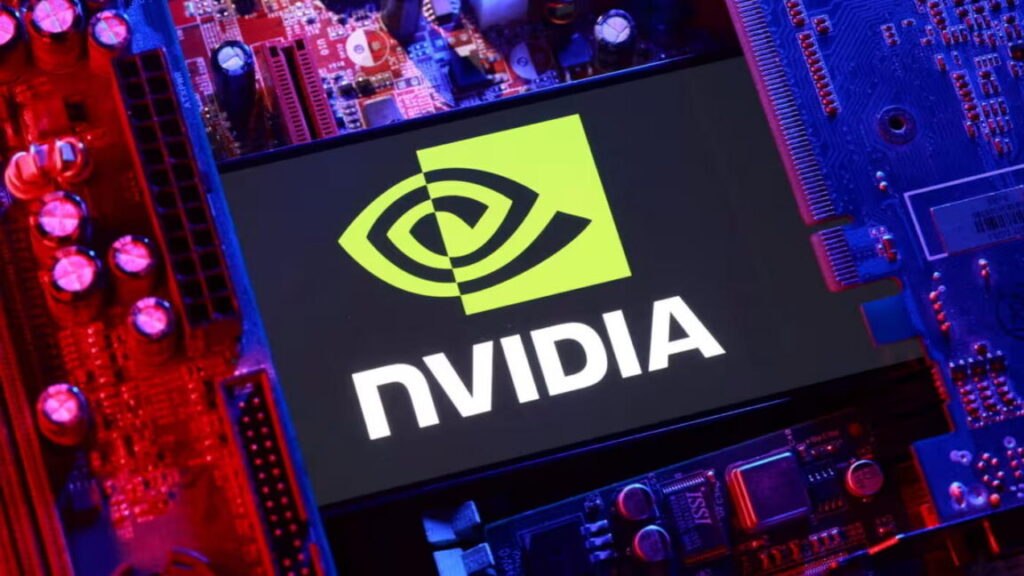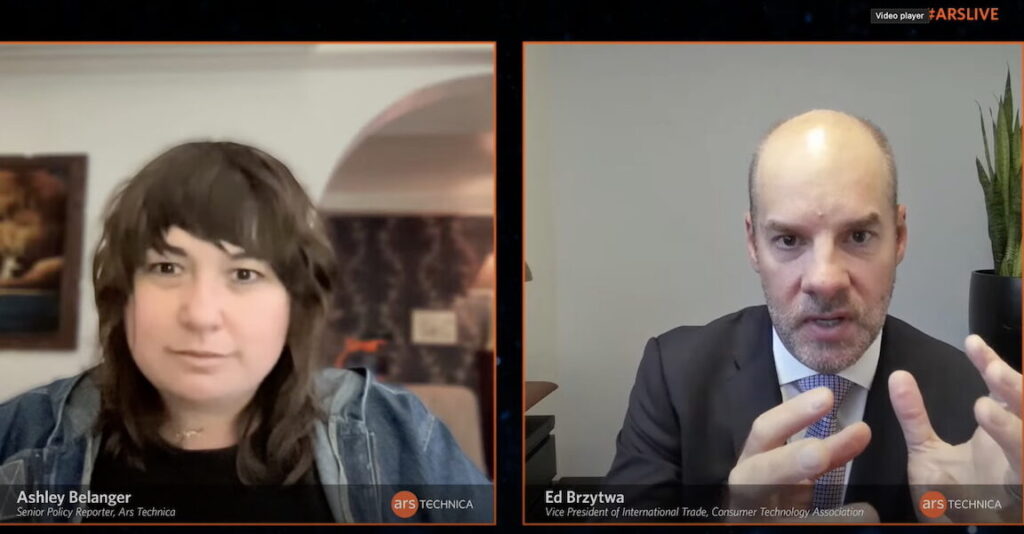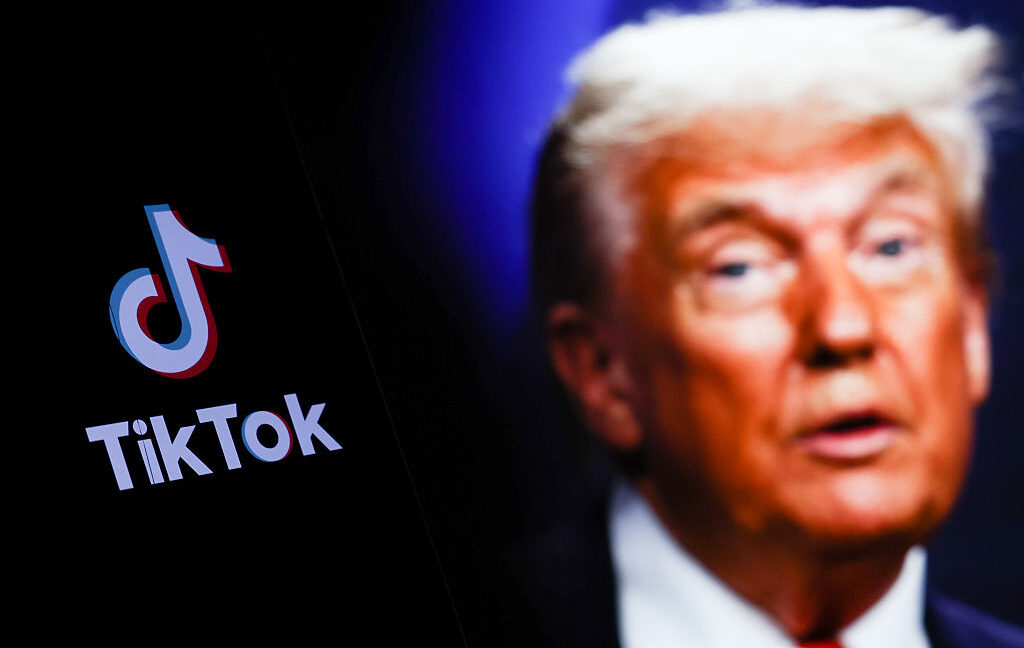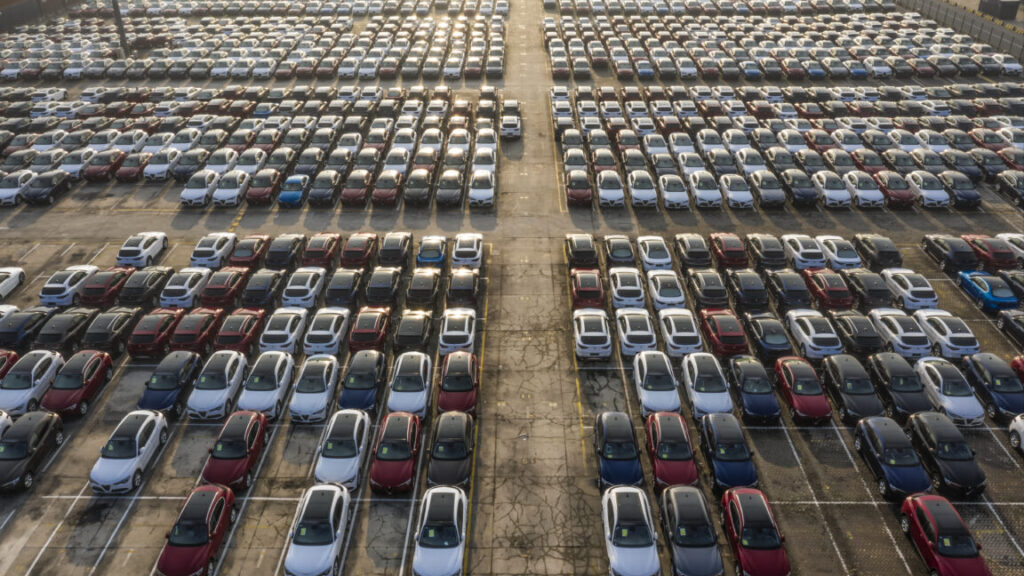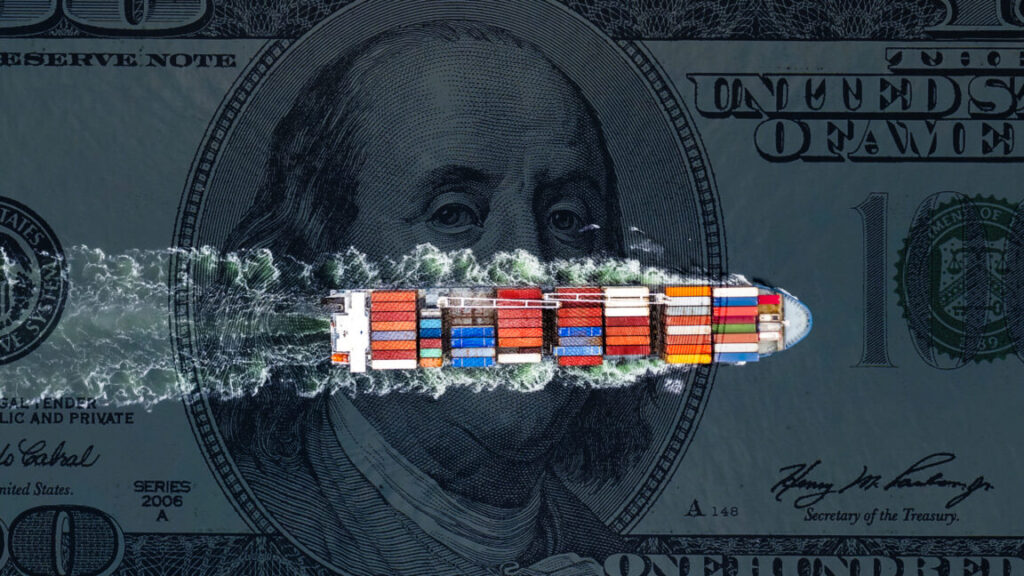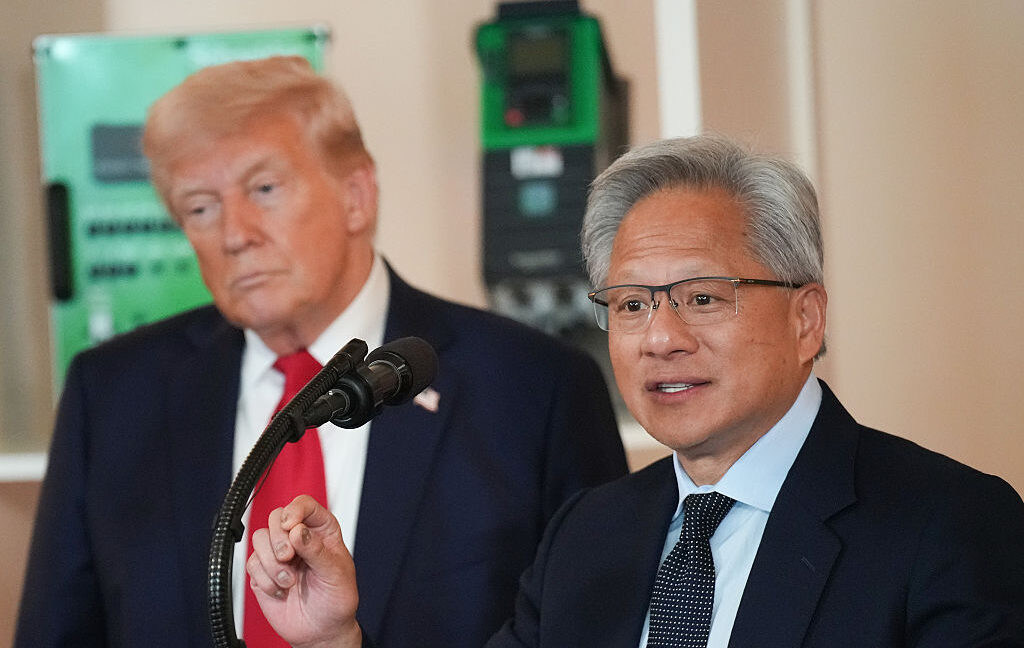“Extremely angry” Trump threatens “massive” tariff on all Chinese exports
The chairman of the House of Representatives’ Select Committee on the Chinese Communist Party (CCP), John Moolenaar (R-Mich.), issued a statement, suggesting that, unlike Trump, he’d seen China’s rare earths move coming. He pushed Trump to interpret China’s export controls as “an economic declaration of war against the United States and a slap in the face to President Trump.”
“China has fired a loaded gun at the American economy, seeking to cut off critical minerals used to make the semiconductors that power the American military, economy, and devices we use every day including cars, phones, computers, and TVs,” Moolenaar said. “Every American will be negatively affected by China’s action, and that’s why we must address America’s vulnerabilities and build our own leverage against China.”
To strike back forcefully, Moolenaar suggested passing a law he sponsored that he said would “end preferential trade treatment for China, build a resilient resource reserve of critical minerals, secure American research and campuses from Chinese influence, and strangle China’s technology sector with export controls instead of selling it advanced chips.”
Moolenaar also emphasized steps he recommended back in September that he claimed Trump could take to “create real leverage with China” in the face of its stranglehold on rare earths.
Those included “restricting or suspending Chinese airline landing rights in the US,” “reviewing export control policies governing the sale of commercial aircraft, parts, and maintenance services to China,” and “restricting outbound investment in China’s aviation sector in coordination with key allies.”
“These steps would send a clear message to Beijing that it cannot choke off critical supplies to our defense industries without consequences to its own strategic sectors,” Moolenaar wrote in his September letter to Trump. “By acting together, the US and its allies can strengthen our resilience, reinforce solidarity, and create real leverage with China.”
“Extremely angry” Trump threatens “massive” tariff on all Chinese exports Read More »
